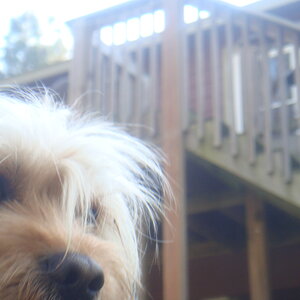Lost Nikon User
TPF Noob!
- Joined
- Jan 25, 2015
- Messages
- 55
- Reaction score
- 9
- Location
- Central Va
- Can others edit my Photos
- Photos OK to edit
So i went and did some walking around a local pond and took my new toy with me. As the title says, i only walked 100 yards and took damn near 290 pictures, only a few made the cut. Seeing my photography skills are still at the beginner level, this means my editing skills are non-existent. So all these pictures are straight from the camera to y'all Enjoy.
The photos were taken in Manual mode, all i messed with was F.Stop and Shutter Speed. No iso adjustments were made ISO 100


The photos were taken in Manual mode, all i messed with was F.Stop and Shutter Speed. No iso adjustments were made ISO 100


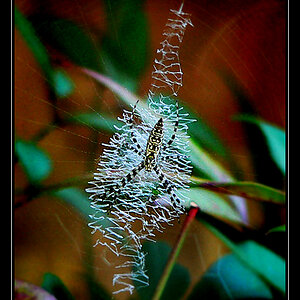
![[No title]](/data/xfmg/thumbnail/35/35669-485de67e98a042d63d728593720828a0.jpg?1619737091)
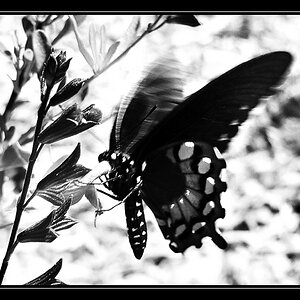
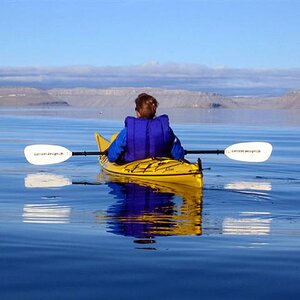
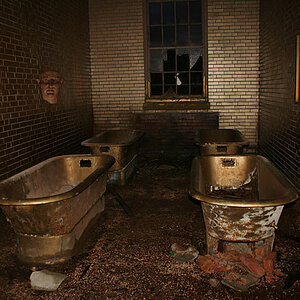

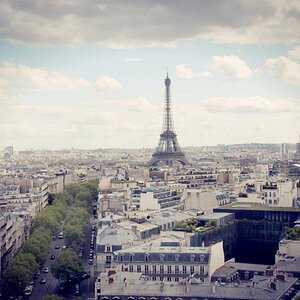

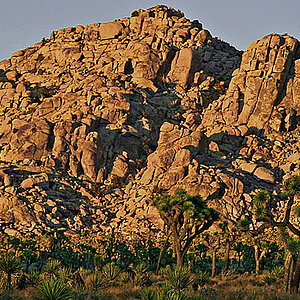
![[No title]](/data/xfmg/thumbnail/32/32930-09414fc020c2a60a456ff59a05c5ef8f.jpg?1619735759)
